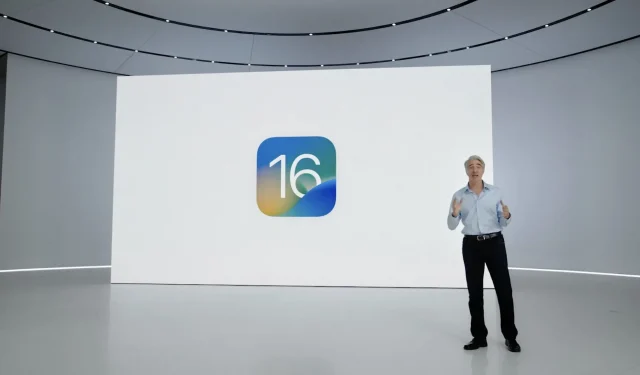Apple is bringing AVIF image support to iPhone, iPad, and Mac with the upcoming releases of iOS 16, iPadOS 16, and macOS 13 Ventura.
- AVIF is a relatively new image file format specification finalized in 2019 and maintained by Google, Microsoft, Amazon, Netflix, and more.
- AVIF produces smaller files than the ubiquitous JPEG. What’s more, it retains more detail and shows less annoying blocking artifacts and color distortion.
- The Google Chrome browser for both desktop and mobile supports AVIF images. Mozilla Firefox is another non-Apple browser that supports AVIF images.
iOS 16 introduces support for AVIF images
Apple with iOS 16, iPadOS 16 and macOS 13 Ventura updates will support AVIF images when the updates are released this fall. On macOS Ventura, you can open and download AVIF images using the latest Safari Technology Preview, a special version of the Safari browser to test future features. AVIF images may also be supported on Apple Watch with watchOS 9 as well as Apple TV with tvOS 16, but at the time of writing we were unable to verify this.
WebKit actually got AVIF support in March 2021, but Safari didn’t initially implement it because macOS didn’t support AVIF images back then. The WebKit rendering engine does not render images by itself. Instead, image decoding for Safari (or any other Mac app) is handled by macOS. And now with macOS Ventura, iOS 16, and iPadOS 16, you can open and use AVIF images on your Mac, iPhone, and iPad without having to use any file format conversion apps.
Does AVIF work on other platforms?
Google Chrome and Mozilla Firefox browsers support AVIF images since 2019. Microsoft has added support for AVIF images to File Explorer and the Paint app with Windows 10. Android has supported AVIF since version 12.0 released in October 2021. In addition, AVIF is widely supported on Linux distributions.
What is good about AVIF?
First, AVIF is much better in terms of compression and image quality than the ubiquitous JPEG file format. This is especially true for compression artifacts, which can be clearly seen on highly compressed JPG images. If you’re seeing weird pixels and color smearing around the hard edges of images, text, and graphics, JPG compression is at work. Read: How to Convert HEIF Images to JPG on Your iPhone
AVIF overcomes these shortcomings by providing advanced features not supported by the JPG file format. For example, modern imaging capabilities such as HDR photography, wide color gamut, film grain, 8-, 10-, and 12-bit color depth, image sequences, and even animation are supported out of the box.
AVIF, which stands for AV1 Image File Format, uses the AV1 codec, which is primarily used for video. It’s like a single frame movie compressed with AV1. The codec itself supports hardware acceleration and does not require patent licensing.
AVIF is the new default image format for the iPhone camera?
Apple’s default image format for iPhone photos is HEIF or High Efficiency Image File Format. HEIF images are encoded with the HEVC codec and saved in the High Efficiency Image File Format (HEIF) container format, which creates HEIC files. Apple platforms have supported HEIF since iOS 11 (iOS 15 added support for the WebM audio codec and a decoder for the VP9 video codec).
Due to better compression at about half that of JPG, HEIF is a must-have image format when shooting 4K video. HEIF can store individual images or sequences of images and provide non-destructive image editing. We don’t think Apple will switch from HEIF to AVIF as the default file format for iPhone-captured images, simply because HEIF seems to work better at low bitrate settings than AVIF.


